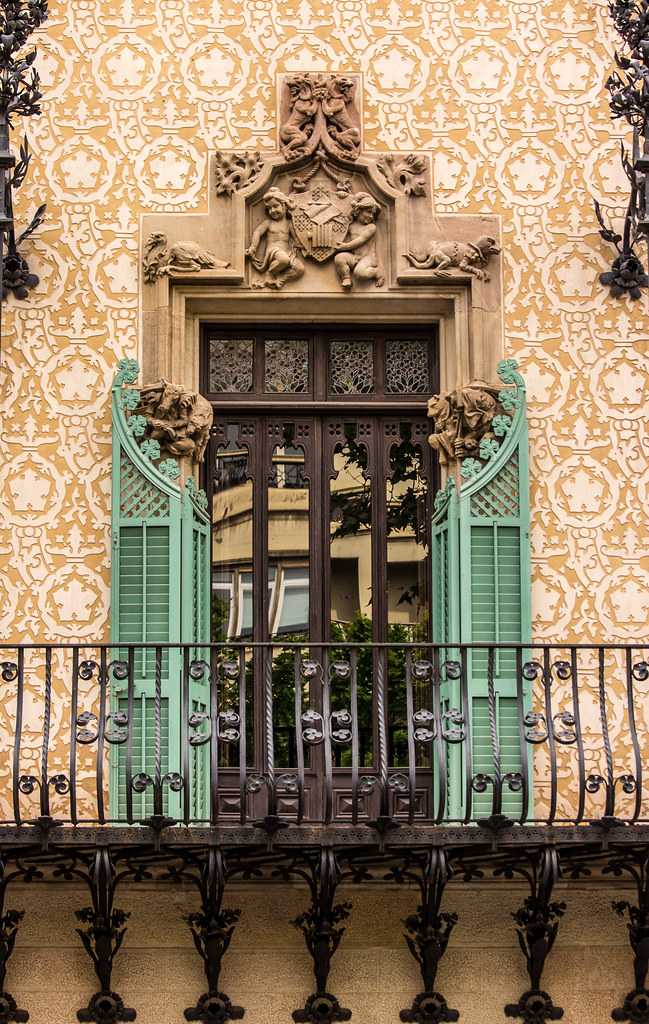Casa Amatller
Tags : Historical Site
Timings : Monday - Sunday: 10:00 AM - 6:00 PM
Time Required : 1 hour
Entry Fee : General Admission: EUR 24
Facilities : Wheelchair Accessible, Lift with private access to Casa Museu. Free entry for companions of people with disabilities.
Ways to Experience this attraction
Casa Amatller, Barcelona Overview
Built-in Monderisme style, the Casa Amatller is a museum adjacent to Gaudi’s Casa Batlló. It was designed originally as a residence for chocolatier Antoni Amatller. The facade consists of elements such as glass, photography, and chocolate.
It makes up one-third of Barcelona’s lionised Illa de la Discòrdia, the Block of Discord.The Casa Amatller was designed by Josep Puig i Cadafalch. It was declared an artistic and historical monument in 1976. Now only the ground floor is open to visitors since it is the only part of the house which has still preserved the intricately designed stained glass windows of the Modernista era.
Incorporating Germanic elements, this neo-Gothic mansion sports some of the most detailed sculpture compositions on its archways. Some guided tours allow you access to Antoni Amatller’s bedroom. An art lover’s paradise, the monument has several priceless pieces adorning its walls.
Read More on Casa Amatller
History of Casa Amatller

In 1898 the house, originally created by Antoni Robert in 1875, was purchased by chocolatier Antonio Amatller Costa and redesigned by Catalan Spanish Modernista architect Josep Puig i Cadafalch. The construction of Casa Amatller was finalised in 1900. Like most Modernista architects at the time, Puig i Cadafalch collaborated with local craftsmen to add details to the structure.
Architecture of Casa Amatller

The Catalan structure heavily draws from neo-Gothic Modernista styles and incorporates some Germanic elements. The flat façade of the building hides several details in plain sight. Among these are decorative motifs of almond tree flowers since Amatller means almond tree in Catalan and the wrought iron gates hide an ‘A’ formed from gargoyles. The urban Gothic dwelling has a single palazzo broken by a Germanic bridged cornice, highlighted by ceramic tiles.
Tips
At the end of the tour you are offered a sweet treat from Amatller’s collection so make sure you stick around.
How To Reach Casa Amatller
1. Metro: L2, L3, L4
2. Train: R2N, R2S, R3, RG1, S7
3. Bus: 102, 7, H10, H12
